Mozambique: Order of Doctors president objects to no subsidy for Mozambican medical interns
Astronomers Without Borders sending solar glasses to Africa for September 1 eclipse
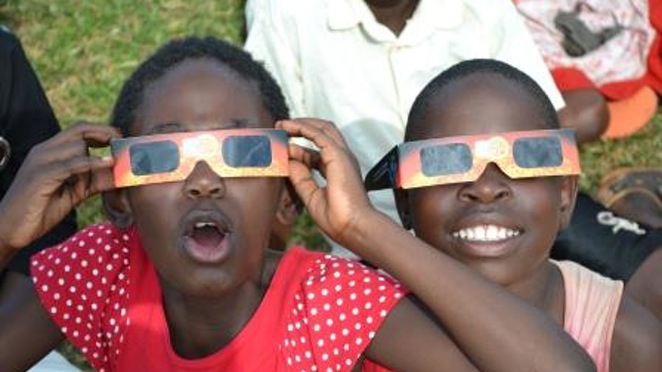
www.fiatphysica.com (File photo)
Astronomers Without Borders wants to equip children across Africa with the solar shades they’ll need to see September 1st’s annular eclipse. Here’s how they’ll do it.
As the Moon crosses the face of the Sun on September 1 an eclipse will cross Africa, providing a rare opportunity for a science lesson for students in a region where science resources are often non-existent. Seen as an annular eclipse in a narrow band, and as a partial eclipse elsewhere, the majority of Africa’s 1.1 billion inhabitants will have the opportunity to view this celestial event.
On September 1st an annular eclipse – with a thin ring of the Sun peeking past the lunar disk – traverses Africa. The ring of fire will be visible in a thin path from Gabon on the Atlantic to Mozambique at the Indian Ocean and across the island nation of Madagascar. But almost the entire continent will see a partial eclipse.
Despite few well-equipped science labs in schools, the eclipse is a great science opportunity provided gratis by the natural laboratory of the cosmos. That is, if the schools are prepared to take advantage of it.

Enter the crowdfunding campaign organised by Astronomers Without Borders (AWB) to send tens of thousands of safe solar viewing glasses to schools in countries across Africa. With contacts for distribution vetted by the American-based international organisation, glasses will be sent to national representatives and distributed to schools in each country’s network.
Following are countries with vetted and verified contacts ready to receive this special gift from you. The numbers of glasses needed for schools that have been verified are given, where available. More distribution points are being organised, and schools identified, and they will be added to this list as they are verified.
Rwanda (2000); Ghana (4000); São Tomé and Príncipe (1000)
Tanzania (24,000); Gabon (1000); Nigeria; Uganda; Zambia (450).
The campaign follows a smaller effort for the total eclipse in 2013. Chuck and Sue Ruehle, of AWB’s Telescopes to Tanzania program, returned to the country that year with hundreds of eclipse-viewing glasses in hand. Students and teachers alike came to school on a Saturday when they heard they the couple was there because, they said, “We want to be scientists too.” That day they gazed at the Sun for the first time and contemplated what the Sun is and what it’s like.
Ryan Lemon, a Peace Corps volunteer who teaches physics in Tanzania, is excited about the rare opportunity coming up in September. His students have never been on a field trip, and the school’s lab is poorly equipped.
“If my students can get these glasses, it would be like the laboratory and the field trip have been brought to our backyard,” he says. “It’s so rare that an experience like an eclipse will be visible from your school, and is really a great opportunity to give these kids the experience of a lifetime. They have the chance experience a real application of the physics they learn in the classroom, on a monumental scale.”
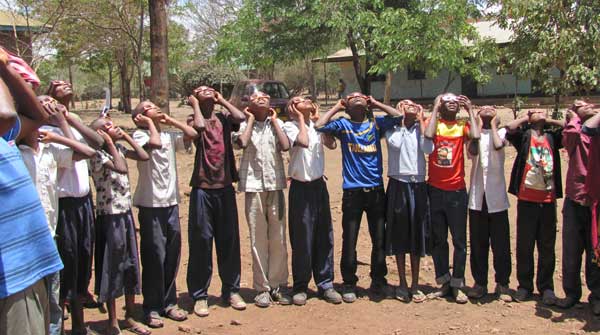
Campaigns like this depend on many supporters giving what they can. Each U.S. dollar raised will provide a pair of solar glasses that will allow a child to witness one of nature’s most amazing cosmic spectacles, providing a unique science learning opportunity that could spark a lifelong interest in science. Thirty dollars provides glasses for a classroom. A hundred dollars will supply a grade, and $500 a small school.
The Astronomers Without Borders solar eclipse glasses campaign can be found on Fiat Physica.




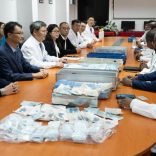
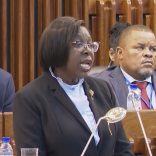
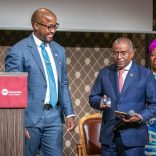


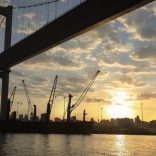


Leave a Reply
Be the First to Comment!
You must be logged in to post a comment.
You must be logged in to post a comment.